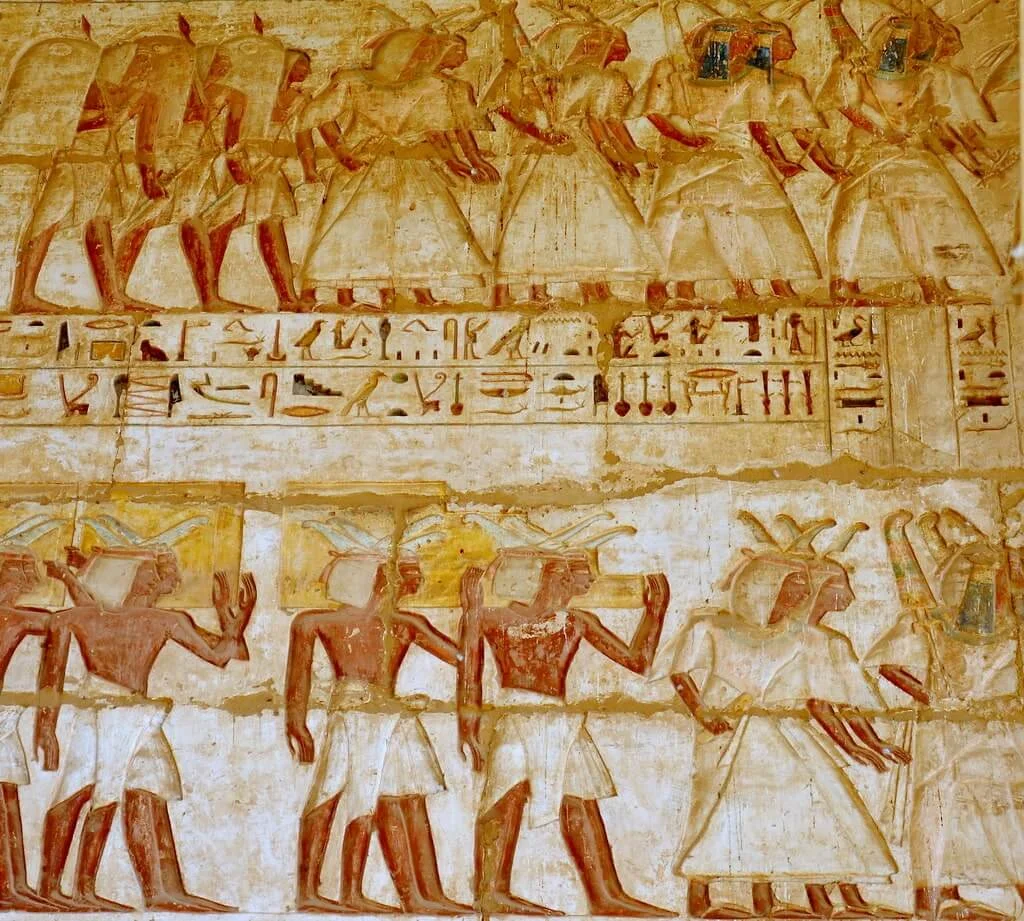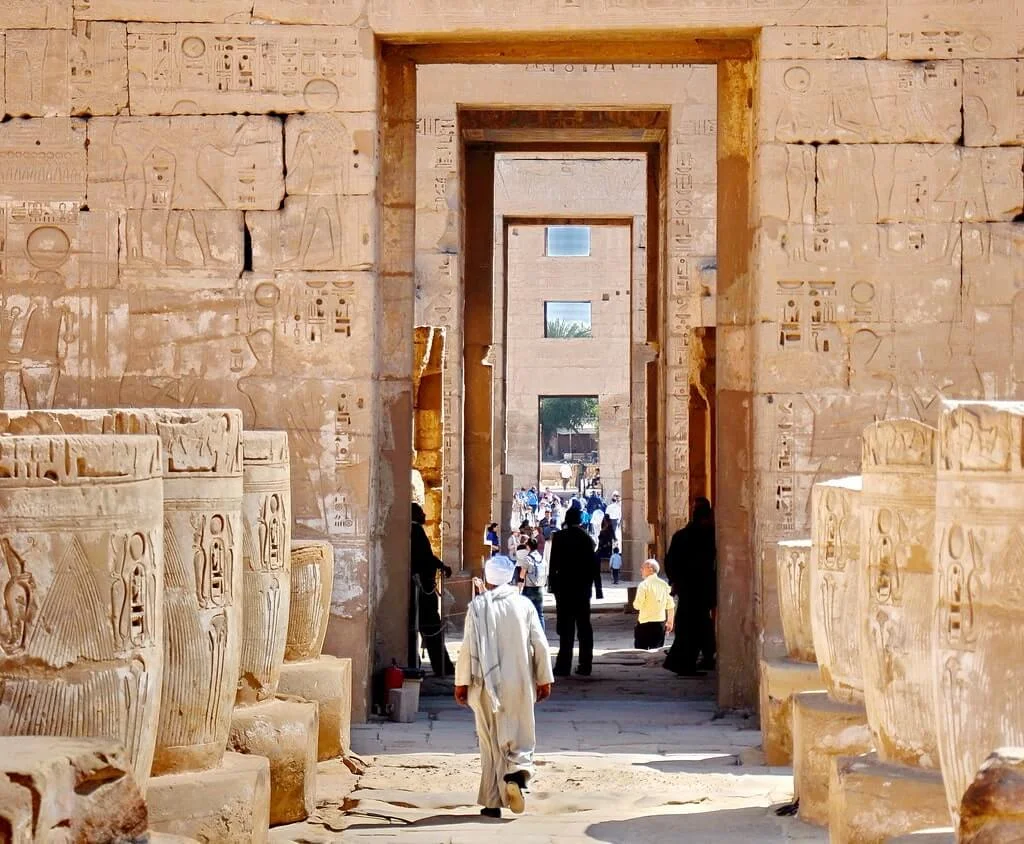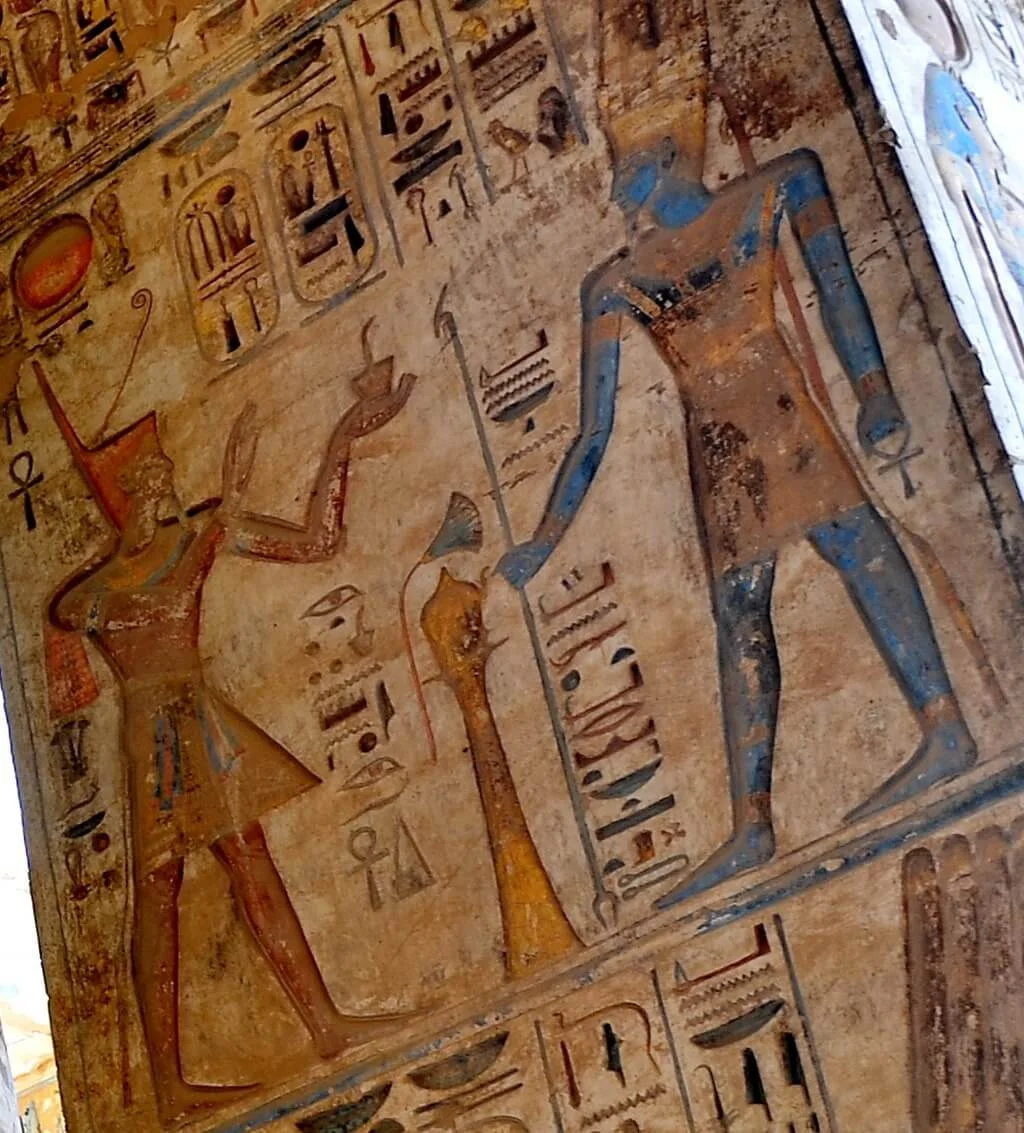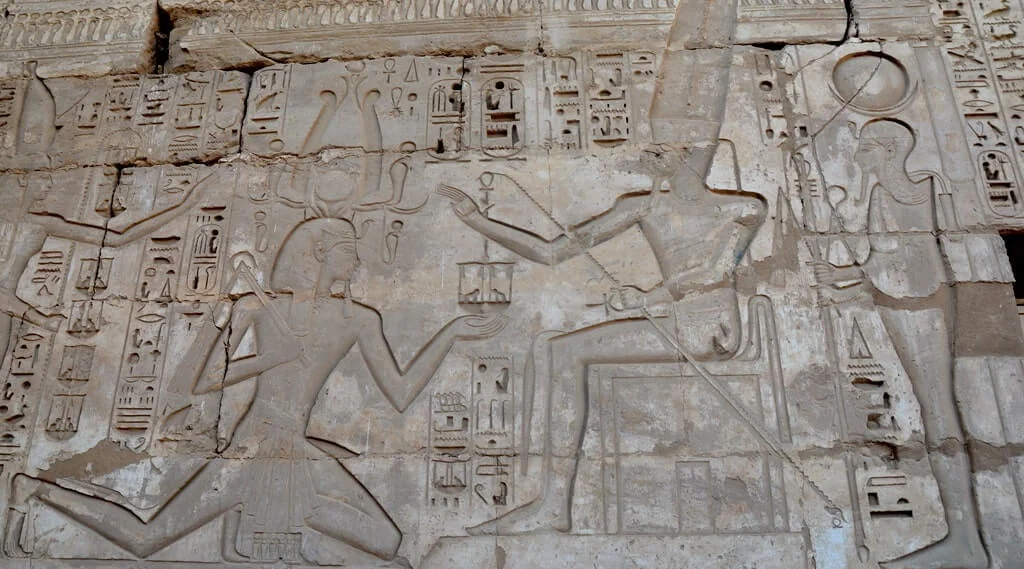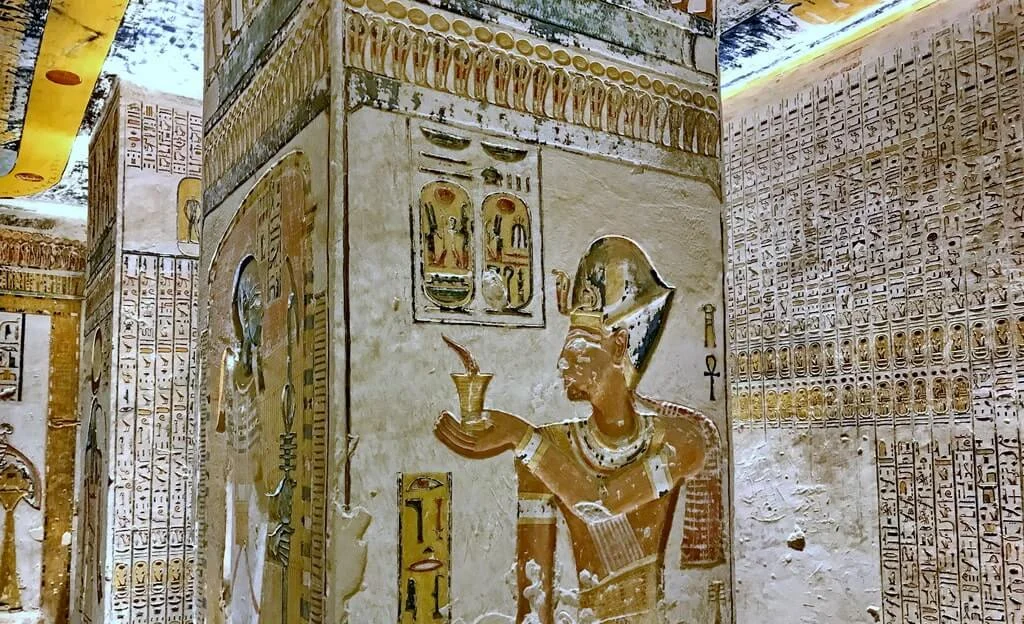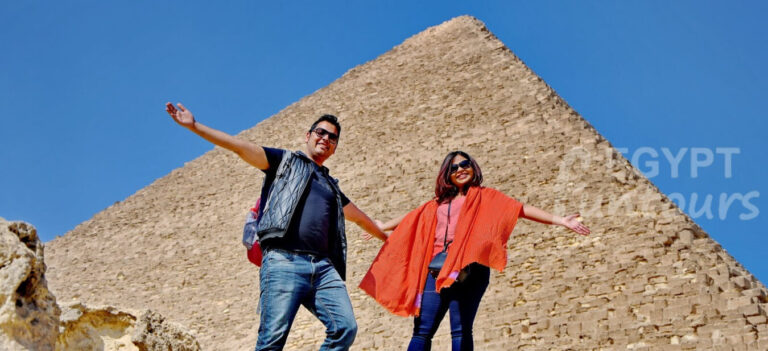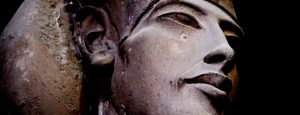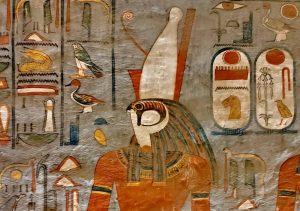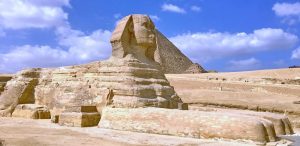Many know Ramesses the Great (Ramesses II). His namesake, Pharaoh Ramesses III, faced an even greater challenge: saving Egypt from total collapse. He ruled during global chaos and faced mysterious invaders, managed internal unrest, and met a grisly end. He died not in battle, but inside his own palace. This is the story of the New Kingdom’s last great warrior pharaoh, his victories, and his tragic assassination.
Who Was Pharaoh Ramesses III?
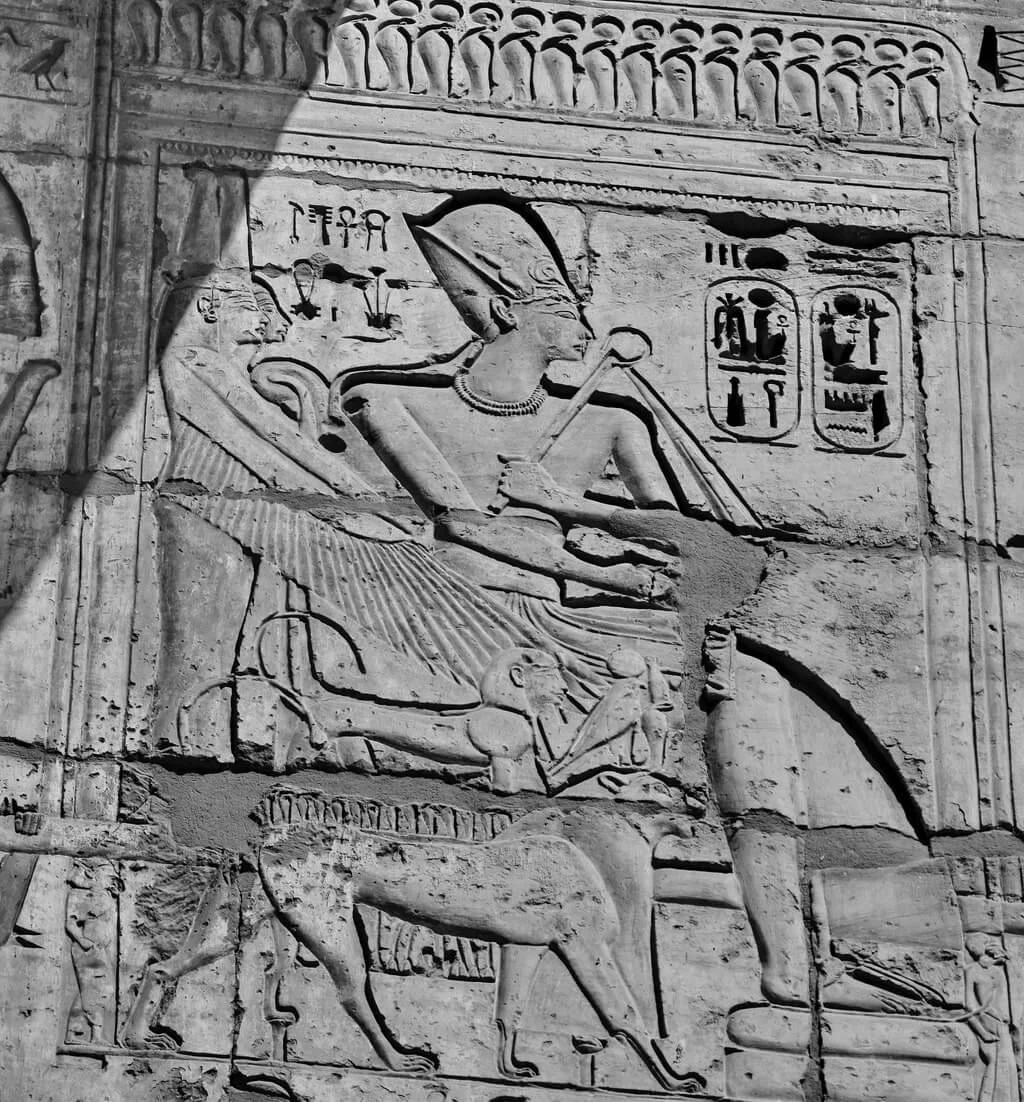
Pharaoh Ramesses III (or Ramses III) ruled Egypt from roughly 1186 to 1155 BCE. He was the second ruler of the Twentieth Dynasty. Many consider him the New Kingdom’s last monarch with true centralized power.
His father, Setnakhte, founded the dynasty after a period of civil unrest. Ramesses III’s goal was clear. He wanted to emulate the legendary Ramesses II and restore Egypt’s glory.
He inherited a stable kingdom, but the world around it was collapsing. The Bronze Age was ending in catastrophe. Empires like the Hittites fell. Major cities across the Mediterranean burned. This chaos marched directly toward Egypt.

